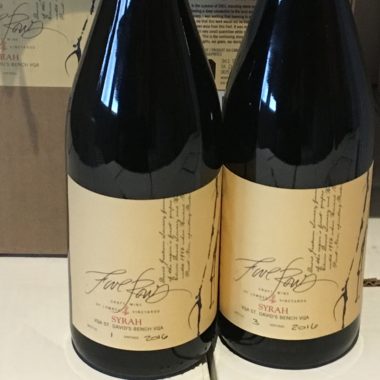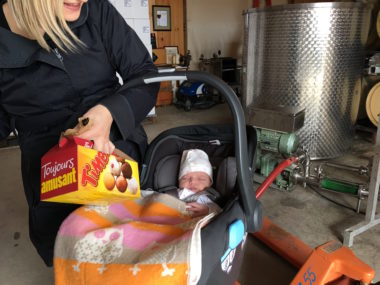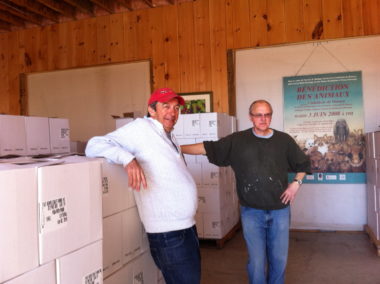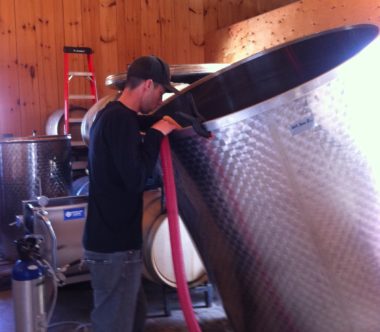Welcome back!
The new wines are finally in bottle and I couldn’t be more excited to share them with all those who’ve been patiently awaiting their release. The pre-orders are flooding in, the labels are being written and now we begin the monumental task of waxing, labelling and shipping a year’s worth of wine in the shortest time possible. The Five Rows team is certainly up to the task!
For obvious COVID-related safety reasons and wine distribution logistics, we have opted to keep our barn closed to tastings for the remainder of 2020. Although we are truly saddened not to be able to offer our normal tasting experience, we hope that all will understand how critical the health of our small team is to the continued operation of our vineyard and winery.
On a much happier note, we will soon be unveiling an updated fiverows.com website, fully equipped with an online store. I realize as I write this that most of the new wines might already be spoken for, but selling through the remaining inventory will be a good test project for managing online sales in future releases. My worry is that an online store may be a little less generous than Wilma when it comes to Sauv Blanc limits, but we will strive to find a happy medium!
As always, orders can still be sent to wines@fiverows.com until the website is up and running.
For those who’ve been with us from the beginning, my hope is that the new website will feel both contemporary and familiar at the same time. This Blog, the Provenance bottle registry and much of the content will be the same, but the addition of the online store and a proper mobile version should make purchasing our wines a more user friendly endeavour.
Many thanks to Barry and his team at Insite Design for helping us adapt to a new decade and a new reality. The nostalgic in me will be saddened to see the old site go, as it represented the true beginnings of our brand and a time of limitless possibilities. Thankfully, the software may have gotten a little dated, but the original vision of the designers still inspires a confidence in us to keep chasing those limitless possibilities into a new decade.




